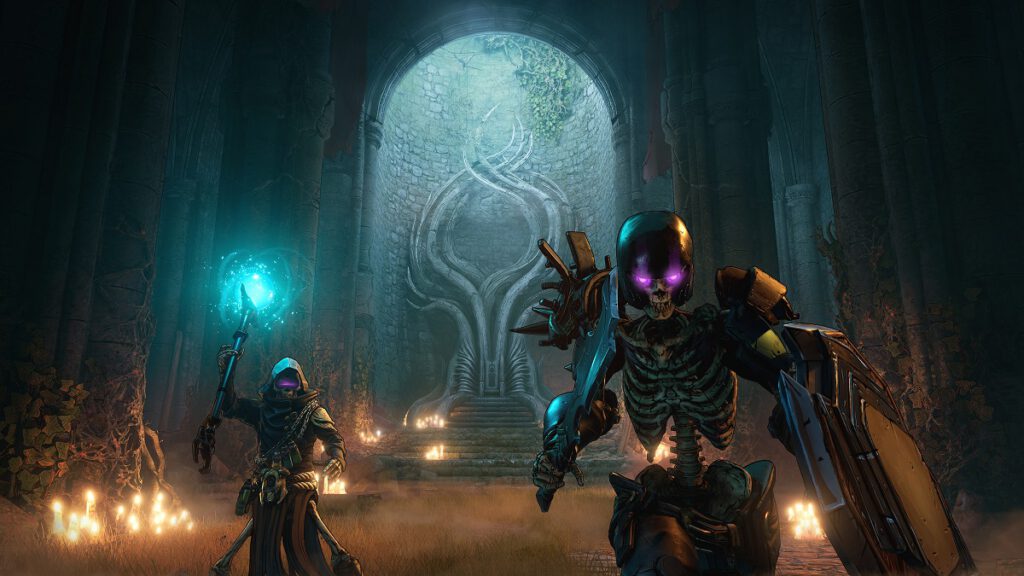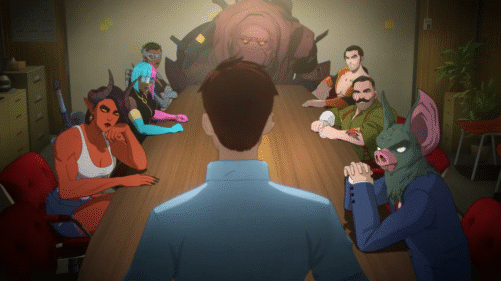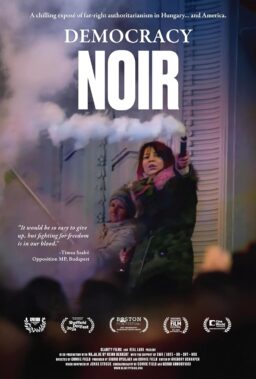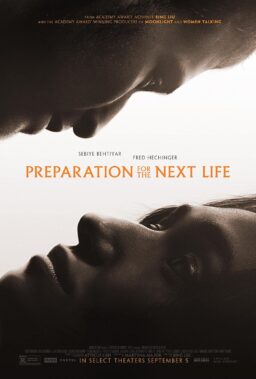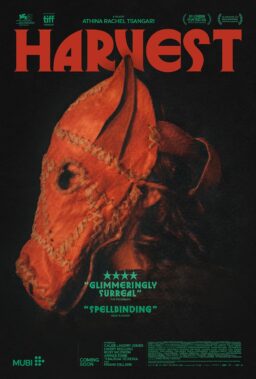When it was announced that the hit series of games named “Borderlands” were not producing another direct sequel to 2019’s “Borderlands 3” but a spin-off game with a tabletop gaming and fantasy aesthetic, the response was a bit, well, quizzical. How much about the core dynamic of “Borderlands” would change in “Tiny Tina’s Wonderlands,” which dropped two weeks ago? How much of the wit of the core games would remain and would the new setting allow the writing to return to the charm of “Borderlands 2” instead of the admittedly cluttered narrative of the last release? First things first: “Tiny Tina’s Wonderlands” very much feels like a “Borderlands” game. It’s not a direct sequel and there are new mechanics that allow it to seem different, but the basics are the same in terms of character design, gameplay, loot farming, and satirical screenwriting. Overall, it’s a hit, a truly inspired and joyful game with fantastic voice work, clever storytelling, and addictive gameplay. Like all “Borderlands” games, it can get a little repetitive as you mow down some of the same enemies over and over again, but the world-building and narrative diversions keep it fresh as you find new ways to combat Tina’s latest twists and turns.
Technically, this could be considered more of a sequel to a DLC mission that was released for the amazing “Borderlands 2,” one of the best games of the 2010s. 2K very robustly supported that game with new downloadable missions, worlds, and stories. One of them, released in June 2013, was called “Tiny Tina’s Assault on Dragon Keep,” which featured the character from the “Borderlands” world guiding a tabletop role-playing game called Bunkers and Badasses. She could modify the world like a dungeon master, shifting the gameplay as it unfolded. This critically acclaimed add-on became the basis for a whole game nine years later in “Tiny Tina’s Wonderlands,” which blends fantasy elements from Dungeons & Dragons into the world of “Borderlands.

To start, you don’t pick a vault hunter, pre-made character like in the other games, which allows for more customization from the very beginning. A player chooses a character class with upgradeable stats and skills, creating a more RPG-esque experience at the very core. In keeping with the fantasy theme, it also allows for the use of spells, which come in handy when one has run out of ammo and can’t afford to take the time to reload. New melee weapons, some with special skills of their own, along with armor and attribute-altering rings, make for a game in which you’re constantly adjusting your inventory to meet your gameplay preferences. And, once again, this “Borderlands” game is a deep loot collector—every mission involves finding new weapons or items that can be swapped out for firepower or purely for preference. The endless array of combinations in terms of character class, spells, and weapons create a game that could be played through multiple times in very different ways, giving it that sense of authorship that RPG fans really desire.
As for the story, it’s creatively buoyed by smart writing and A-list voice work. Ashley Burch returns to voice Tiny Tina in a plot that actually picks up right after “Dragon Keep.” Valentine (Andy Samberg), Frette (Wanda Sykes) and you, known as “The Newbie,” are about to defeat Tina’s big bad, the Dragon Lord (Will Arnett) when he (Tina really) derails the group’s chance for success by raising the dead. He is defeated by a legendary creature known as the Butt Stallion, which sort of restarts Tina’s adventure, allowing you to be the true hero of the tale. Of course, the Dragon Lord is awakened, and you will have to traverse fantasy worlds to stop him and save the city of Brighthoof from destruction.

The narrative of “Tiny Tina’s Wonderlands” allows for a playful variety of worlds to explore. You’ll go from battling skeletons in a crypt to underwater creatures in a watery land to gun-wielding pirates in another. The worlds are connected through what looks like a homemade tabletop world complete with bottle caps that can be used as bridges and a Cheeto that blocks your path. This aesthetic can be a little frustrating—especially random encounters that pop up in it—but the actual worlds of “Wonderlands” are fantastically designed, full of secrets and fascinating characters, some of whom will be familiar to fans of the franchise.
“Tiny Tina’s Wonderlands” could have been little more than a delayed DLC for “Borderlands 3,” or a fantasy-themed “Borderlands 4,” and there’s a less ambitious version of this experience that fits that mold. But it’s much smarter than fans who have a tendency to dismiss spin-off games presumed it would be. In many ways, it’s more successful than “Borderlands 3” in terms of dialogue writing and the creative storytelling in some of the missions. It also helps to have ace voice work from people who do this kind of thing so well like Samberg, Arnett, and Sykes. Some of the tabletop aspects are a bit half-hearted, but that’s a minor complaint for a game this consistently fun and inspired. We probably shouldn’t be surprised given the levels of greatness the “Borderlands” games have reached in the past, but “Tiny Tina’s Wonderlands” is one of the most joyous surprises in the video game world in a long time.
A PS5 review copy was provided by 2K Games.

